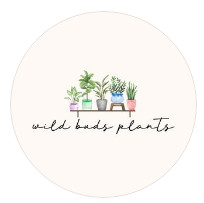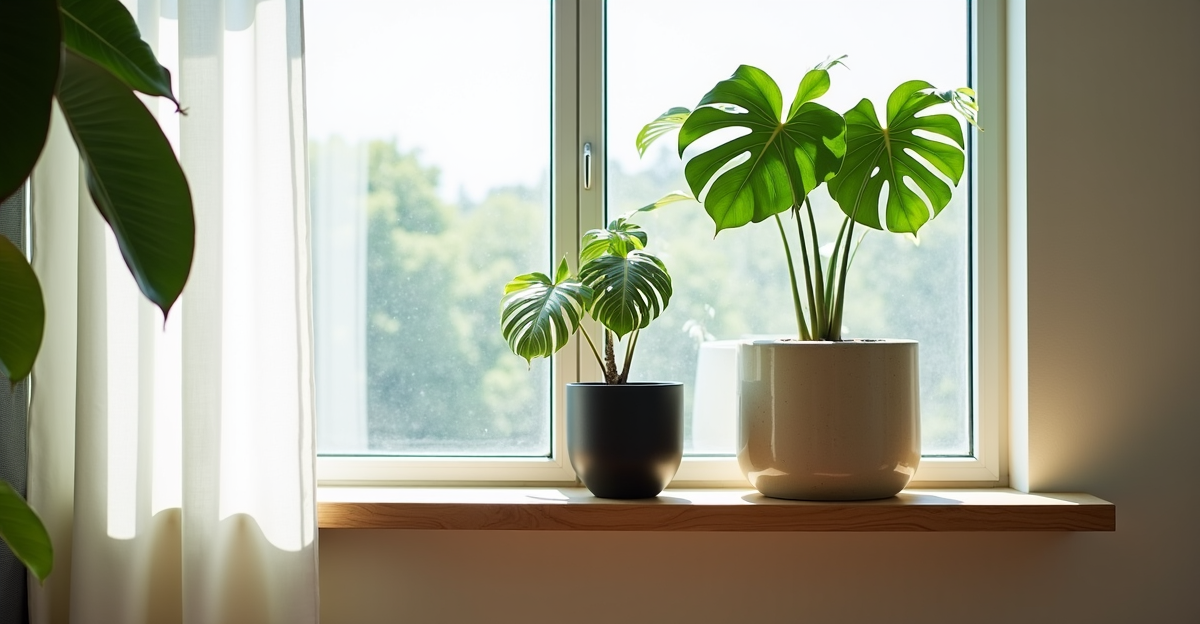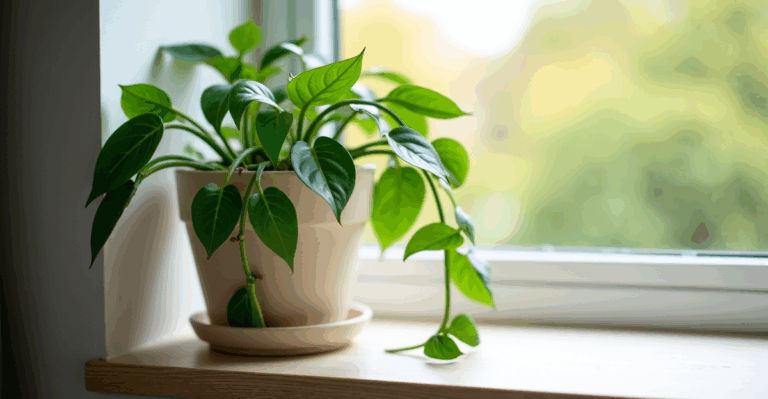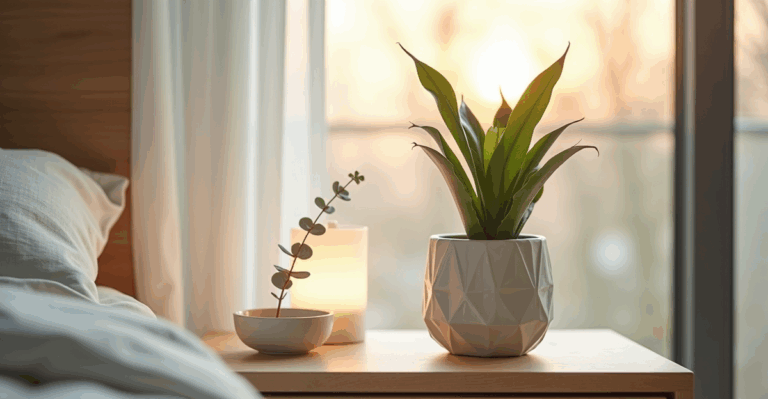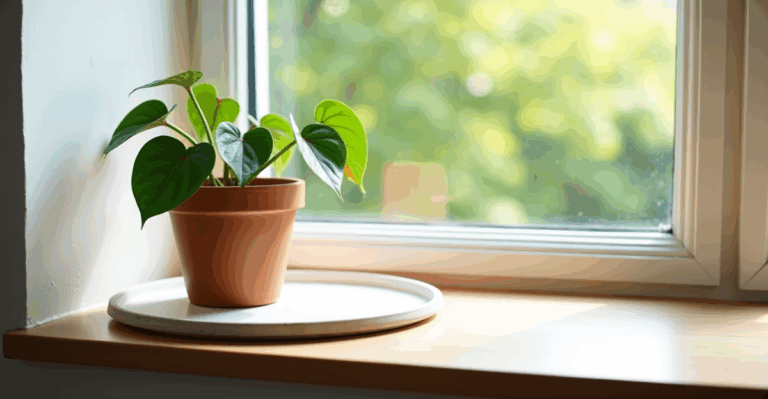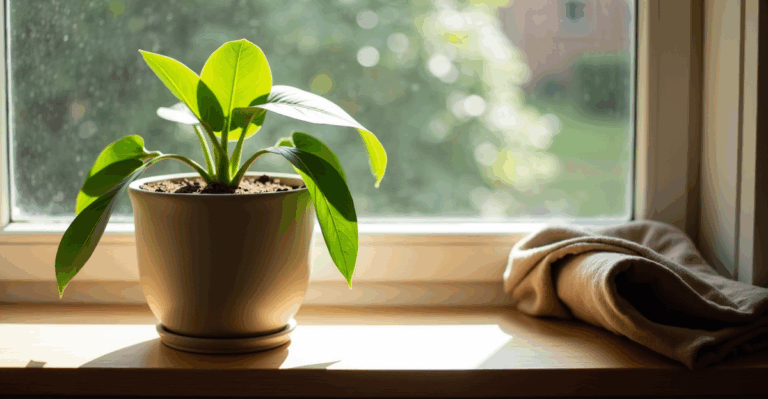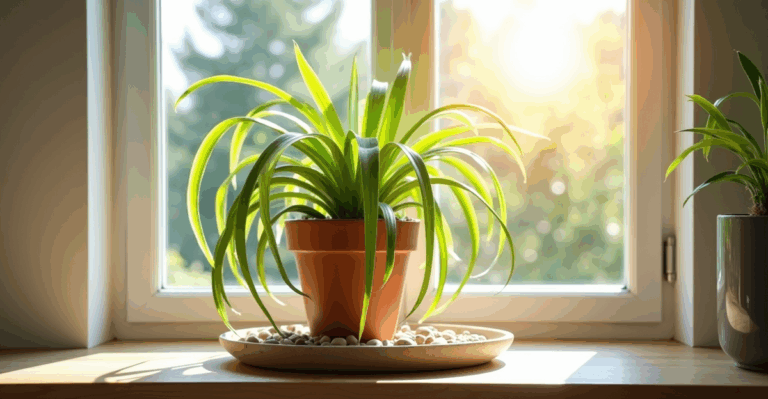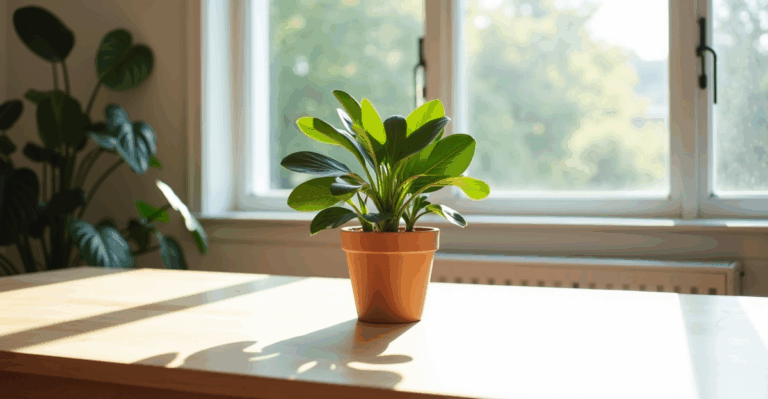Decoding Light: What ‘Bright Indirect’ Really Means (No Guesswork Needed)
You’ve seen it everywhere: “Bright indirect light.” You’ve placed your Monstera by the window, checked your phone for a soft shadow, and felt confident. Then, weeks later, tiny brown edges appear on the leaves. You panic. Did I overwater? Did I under-fertilize? The truth? You almost certainly gave it direct sun. That’s the most common mistake we make—confusing bright with direct, and indirect with dim. It’s not just confusing; it’s the #1 reason healthy plants suddenly look stressed. Let’s fix that, once and for all.
Why “Bright Indirect” Isn’t Just “Not Direct”
We all want to believe “indirect” means “anywhere away from the window.” But that’s like saying “cool” means “not hot”—it’s vague, and it gets plants in trouble. Bright indirect light isn’t dim light. It’s bright enough to see your shadow clearly, but without the sun’s direct rays hitting the leaves. Think of it like a sunny day under a tree: the light is ample, but scattered and softened. For your plants, that means:
- No crisp, hard shadows (like the sharp line of a book held up to a window).
- Gentle, diffused light that feels warm but doesn’t feel like it’s baking your skin.
- Bright, but not scorching—no instant leaf burn.
We learned this the hard way when a friend’s prized Calathea started curling up near a south-facing window. She’d moved it just behind a sheer curtain, thinking “indirect” was safe. It wasn’t—it was still direct light through the curtain, just less intense. The leaves burned. Now we test light with our phone: point the camera at the spot where the plant sits. If the screen shows a bright, even glow (not a harsh white spot), it’s likely bright indirect. If it’s a hot, bright spot, it’s direct.
East vs. South: The Real Light Map in Your Home
Not all windows are equal, and “bright indirect” means different things depending on the window’s direction. Let’s ground this in your actual space:
-
East-Facing Windows (Your Secret Weapon):
This is the gold standard for bright indirect. In the morning, the sun is low and soft. By 9 AM, it’s fully indirect. Perfect for most tropicals—Monstera, Pothos, Peace Lilies, Calatheas.
Real example: My east-facing desk (about 2 feet from the window, behind a curtain) holds a Pothos in a woven basket. It gets that gentle morning glow, no burns, and grows like crazy. Water it when the top 2 inches of soil feel dry—no issues with overwatering because the light encourages drainage.
Trade-off: In summer, it might get too bright later in the day. Move it back 6–12 inches if leaves start fading. -
South-Facing Windows (The “Bright but Tricky” Zone):
This is where people get burned. South windows get the sun’s strongest, most direct rays for most of the day. “Bright indirect” here means at least 3–4 feet back from the window (or behind a thick curtain).
Real example: My south window has a large Fiddle Leaf Fig. It lives 4 feet away, on a bookshelf, with a sheer curtain. The light is bright enough for it to thrive, but the curtain diffuses the harshest rays. If it were closer, the leaves would scorch. Note: In winter, the angle is lower, so the “safe distance” shrinks. Move plants a few inches closer in December. -
West-Facing Windows (Afternoon Intensity):
The hardest for bright indirect. West windows get the sun’s most intense afternoon rays. “Bright indirect” means 5–6 feet back or behind a heavy curtain.
Real example: A friend’s Monstera near a west window was getting leaf burn. Moving it 6 feet away (to the opposite wall) fixed it. They’d been told “indirect light” but didn’t realize west sun is more intense than south sun in the afternoon. -
North-Facing Windows (The “Dim Light” Trap):
Don’t call this “bright indirect”—it’s not. North windows get the least direct light, often too dim for most tropicals. “Bright indirect” here is impossible without grow lights.
Real example: My north-facing bedroom (dry air in winter) has a ZZ plant in a ceramic pot. It’s barely alive. I added a grow light on a timer for 4 hours/day, and it started producing new leaves. Key takeaway: If you have a north window, “bright indirect” means “you’ll need supplemental light.”
How Your Planter and Setup Affect Light’s Impact
The light isn’t just about the window—it’s about how you display your plant. This is where 3D-printed planters become practical, not just pretty:
-
Material Matters:
Clay pots dry out faster in bright light. If you have a Pothos in a terra cotta by an east window, you’ll need to water it more often (maybe every 5–7 days vs. 10+ days in low light). Plastic or 3D-printed pots hold moisture longer, so you can water less frequently. Trade-off: Overwatering risk increases if you forget the pot material’s effect. -
Cachepots vs. Drainage:
A plant in a cachepot (e.g., a decorative ceramic pot over a plastic nursery pot) can’t drain well in bright light. If you’re watering every 5 days, the soil stays soggy, and roots rot. Solution: Keep the nursery pot inside the cachepot and remove it for watering. Or, use a 3D-printed planter with built-in drainage holes (like our Nexus Planter) that fits neatly in a cachepot without trapping water. -
Style Meets Function:
Real example: I have a Calathea in a LECA (clay pebbles) system on a shelf. The LECA holds moisture well, but the bright indirect light from an east window means I flush the system every 2 weeks to prevent salt buildup (a common issue with LECA). A 3D-printed planter with a subtle lip or tray would make this display look intentional without making me worry about water pooling.
When “Bright Indirect” Isn’t Enough (And How to Fix It)
Not all plants want bright indirect. Some thrive in lower light, but many tropicals need it to grow. If your plant looks sad in what you think is bright indirect, check these:
-
The “Low Light” Misconception:
People think “low light” means “anywhere,” but many plants labeled “low light” (like Snake Plants) still need some brightness. A north-facing room with no windows? That’s not “low light”—it’s dark. Add a cheap LED grow light (like a small clip-on) for 4–6 hours/day. No need for fancy gear—just consistent, gentle light. -
Seasonal Shifts:
In winter, light is weaker. Your plant that thrived 2 feet from a south window in summer might need to move closer in January. Action tip: Use a light meter app (free on iOS/Android) for 30 seconds at the plant’s spot. Aim for 500–1000 lux (a common metric for indoor plants). If it’s below 300, add light. -
Edge Case: Humidity & Airflow:
Bright indirect light in a dry, drafty apartment (like my old studio) can dry out leaves faster than the light itself. Fix: Place a small humidifier nearby, or group plants together. A 3D-printed planter with a subtle, functional base (like our Loom Planter) lets you place a pebble tray underneath without sacrificing style.
Your Real-World Light Checklist
- Test the light with your phone camera (not just “looking”). If it’s bright and soft (no harsh spot), it’s good.
- Measure distance: South window? 3–4+ feet away. East window? 1–2 feet is usually safe.
- Check your pot: Clay = water more often in bright light. Plastic/3D-printed = water less often.
- Seasons change everything: Move plants closer in winter, farther in summer.
Bright indirect light isn’t a myth—it’s a practical, achievable standard for your home. It’s not about buying expensive tools; it’s about understanding your space, your plant’s needs, and how your setup actually interacts with the light. We’ve all been there: the overwatered Monstera, the scorched Calathea, the “low light” plant that’s actually dying in the dark corner. But once you decode the light, everything else falls into place—watering, humidity, even your display.
When you’re ready to grow your setup, explore our 3D-printed planters.
